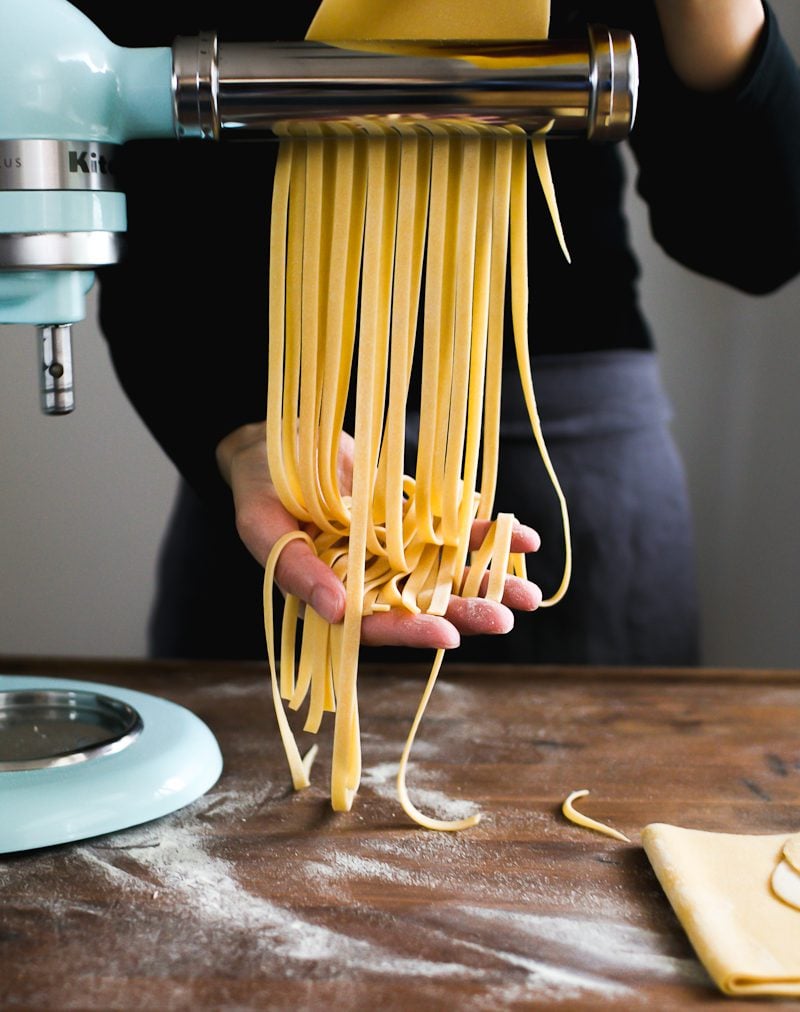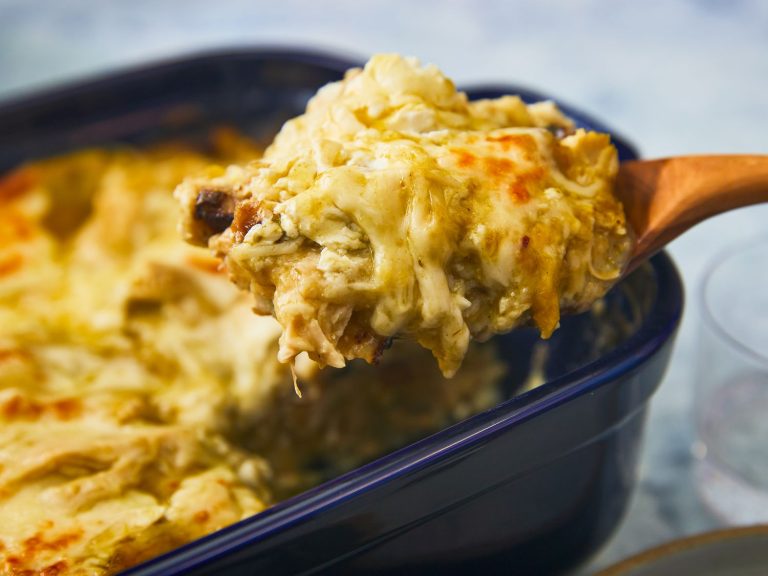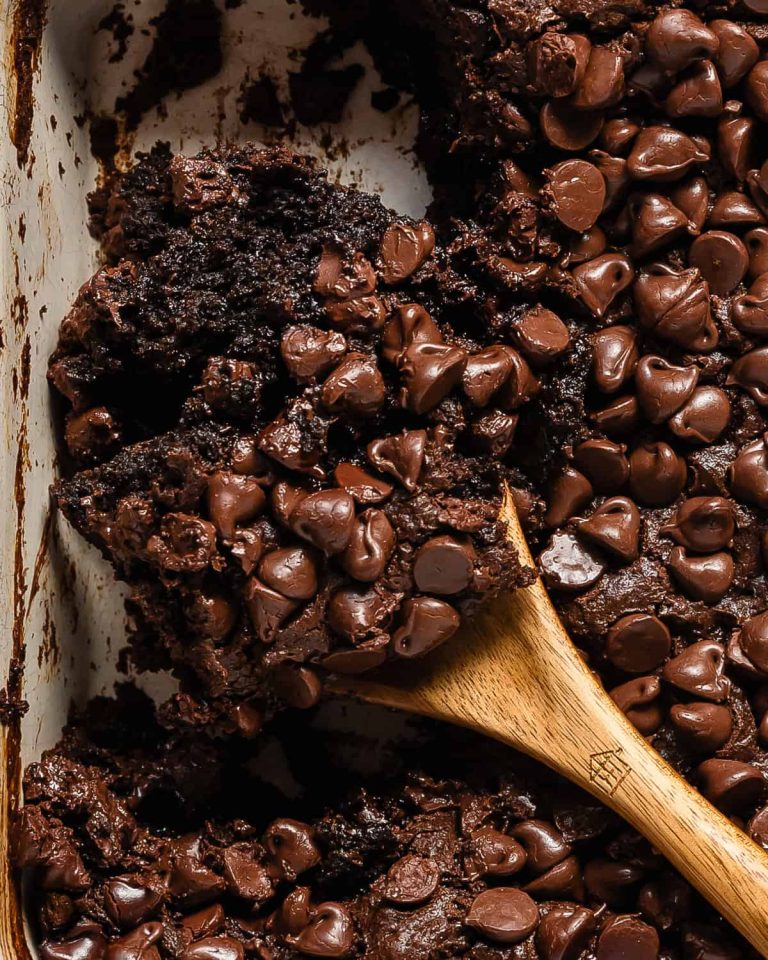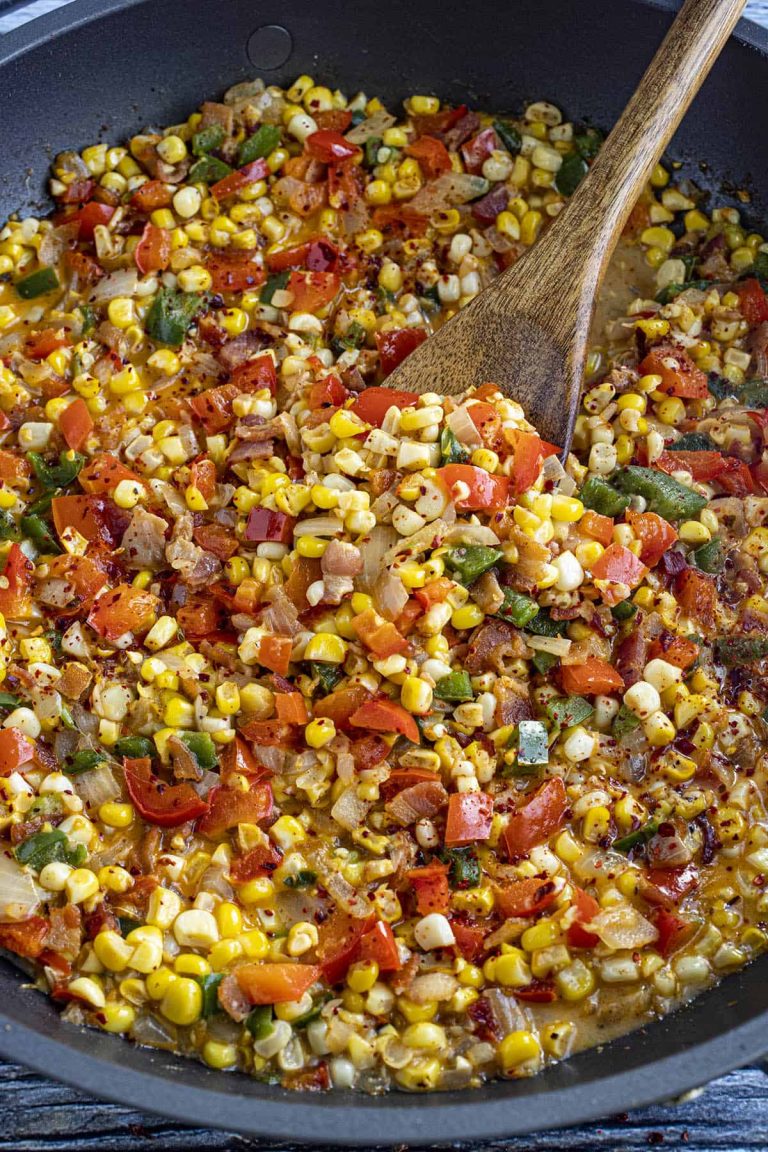Spaghetti Recipe: Easy Steps, Tasty Variations, & Perfect Pairings
You find the origins of spaghetti in ancient Roman times. Romans used to create long, thin pasta made from durum wheat semolina, which is still the main ingredient in today’s spaghetti. Spaghetti has evolved over centuries, traveling from Italy to different parts of the world. Its transformation through trade and cultural exchanges helped it become a global staple, particularly within Italian cuisine. In Italy, spaghetti often pairs with tomato-based sauces, giving rise to the widely-loved classic, “spaghetti al pomodoro.”
Evolution of Baked Pasta Dishes
Baked pasta dishes began to gain popularity in Italy during the Renaissance. Lighter, Mediterranean climates were conducive to growing wheat and tomatoes, enabling more pasta and sauce combinations. Baked pasta evolved as a way to extend the shelf life of leftovers, with layered ingredients like cheese and meat. You see different variations of baked pasta across Italy, such as “lasagna” in the Emilia-Romagna region and “timballo” in Sicily.
Combining spaghetti with the concept of baked pasta resulted in the beloved dish “baked spaghetti.” This dish blends the convenience of spaghetti with the rich flavors of a casserole, creating a delightful hybrid you’ll find comforting and appetizing.
Key Ingredients for Basic Baked Spaghetti
Choosing the Right Type of Spaghetti
Select spaghetti made from high-quality durum wheat semolina. This type ensures the pasta maintains its shape and texture during baking. Thin spaghetti cooks faster but may become too soft, while thicker varieties provide a firmer bite. Opt for medium-thickness spaghetti for the best balance. Whole grain or gluten-free options work well if dietary preferences necessitate an alternative to traditional spaghetti.
Essential Sauces and Cheeses
Use marinara or meat sauce as the base. Marinara provides a classic tomato flavor with herbs and garlic, enhancing the dish’s freshness. Meat sauce, incorporating ground beef or sausage, adds a hearty element. Combine these with a béchamel sauce for creaminess if desired.
Cheeses such as mozzarella and Parmesan are primary. Mozzarella offers a melt-in-your-mouth texture, while Parmesan adds a savory, umami note. Ricotta or cottage cheese can be layered for added creaminess. Ensure even distribution of cheese throughout the dish for the best flavor in every bite.
Step-by-Step Guide to Making Basic Baked Spaghetti
Preparing the Spaghetti
Boil a large pot of water, adding a tablespoon of salt before bringing it to a rolling boil. Add 12 ounces of high-quality dry spaghetti, made from durum wheat semolina, and cook it according to the package instructions until it’s al dente, generally 8-10 minutes. Drain the spaghetti using a colander and rinse under cold water to stop the cooking process. Transfer the drained spaghetti into a large mixing bowl and set it aside for layering.
Layering Ingredients Effectively
Preheat your oven to 375°F (190°C). Grease a 9×13-inch baking dish with a tablespoon of olive oil to prevent sticking.
- First Layer: Spaghetti – Spread half of the cooked spaghetti evenly in the greased baking dish.
- Second Layer: Sauce – Pour half of your preferred marinara or meat sauce, approximately 2 cups, over the spaghetti layer.
- Third Layer: Cheese Mixture – Combine 1 cup of ricotta cheese, 1 cup of shredded mozzarella cheese, and 1/4 cup of grated Parmesan cheese in a bowl and spread half of this mixture over the sauce layer.
- Final Layer: Repeat – Repeat the spaghetti, sauce, and cheese layers using the remaining ingredients.
- Topping – Sprinkle an additional 1/2 cup of shredded mozzarella and 1/4 cup of grated Parmesan on top to form a golden, bubbly crust.
Cover the dish with aluminum foil and bake for 25 minutes. Remove the foil and bake for an additional 10 minutes or until the cheese is golden and bubbly. Let it cool for 10 minutes before serving to allow the layers to set.
Variations on the Traditional Recipe
Adding Meats or Vegetables
Including meats or vegetables can enhance your baked spaghetti’s flavor and nutritional value. Opt for ground beef, sausage crumbles, or shredded chicken to add depth. Brown the ground beef or sausage in a skillet, then drain excess fat before mixing it into the sauce. For a lighter option, use ground turkey.
Vegetable additions make the dish more wholesome. Sauté onions, bell peppers, or mushrooms for a savory taste. Spinach and zucchini can be incorporated for added nutrients. Pre-cook these vegetables to ensure they blend well with the spaghetti and sauce.
Experimenting with Different Cheeses
Changing up the cheese adds new flavors to your baked spaghetti. Besides mozzarella and Parmesan, try incorporating cheddar or provolone. Cheddar offers a sharp taste, while provolone melts beautifully.
For a creamier texture, mix in cream cheese or sour cream with the ricotta. This tweak gives the cheese mixture a richer consistency. Goat cheese can also be an interesting addition, providing a tangy flavor that complements the tomato sauce.
Choosing a variety of cheeses elevates the traditional baked spaghetti, making it more appealing to a diverse range of palates. Experiment with these combinations to discover the perfect blend for your family’s preferences.
Serving and Pairing Suggestions
Best Side Dishes for Baked Spaghetti
Complement baked spaghetti with a variety of side dishes to enhance your meal. Garlic bread, a classic choice, adds a crispy texture that pairs well with the soft, cheesy pasta. A fresh green salad with a light vinaigrette offers a refreshing contrast and balances the dish’s richness.
Roasted vegetables, like broccoli and carrots, add a nutritional boost and a mix of textures. For a heartier option, consider serving steamed asparagus or green beans seasoned with lemon and garlic. If you prefer something warmer, minestrone soup makes for a comforting starter that complements baked spaghetti.
Wine Pairings That Complement the Dish
Choose wines that enhance the flavors of baked spaghetti. Chianti, with its bold yet approachable characteristics, pairs excellently with the tomato sauce and cheese. Pinot Noir, known for its light body and fruity notes, also complements the dish well.
For white wine enthusiasts, Chardonnay balances the creamy textures and savory flavors. Sauvignon Blanc, with its crisp acidity, works well if your baked spaghetti includes a variety of vegetables. Consider offering both red and white options to accommodate different preferences at your table.
These serving and pairing suggestions ensure a complete and satisfying dining experience, making your baked spaghetti meal memorable.
Conclusion
Basic baked spaghetti is more than just a comforting meal; it’s a versatile dish that can be customized to suit any palate. By selecting quality ingredients and experimenting with different meats, vegetables, and cheeses, you can create a unique and flavorful experience every time. Pair it with complementary sides and wines to elevate your dining experience. Whether you’re cooking for family or entertaining guests, baked spaghetti is sure to impress and satisfy.






